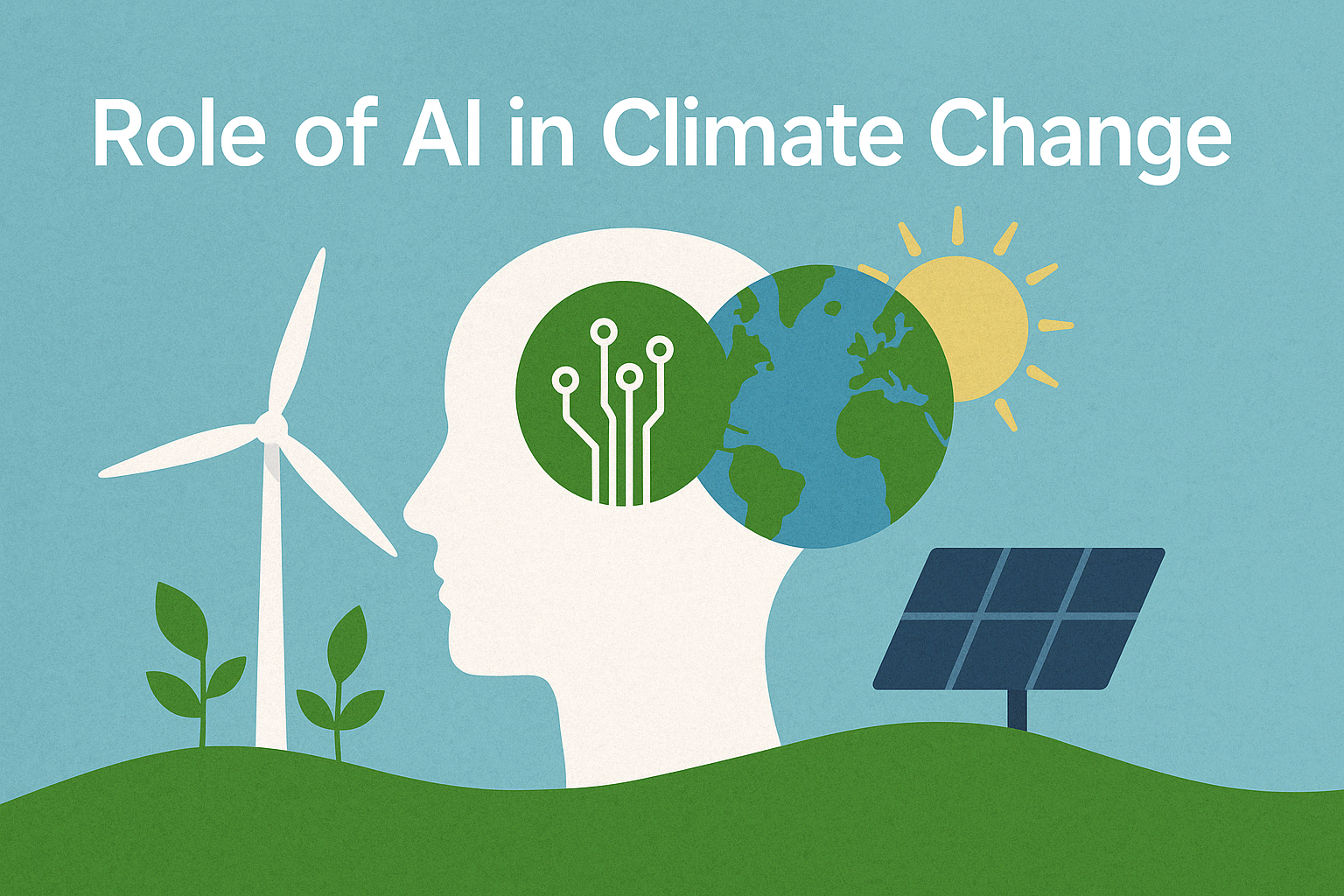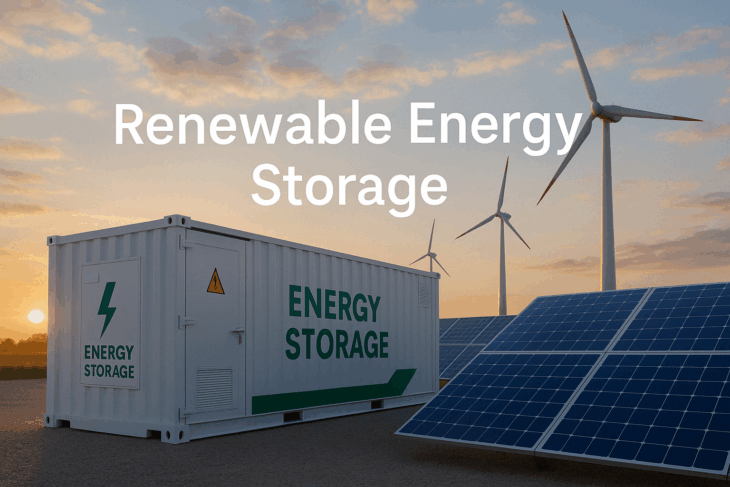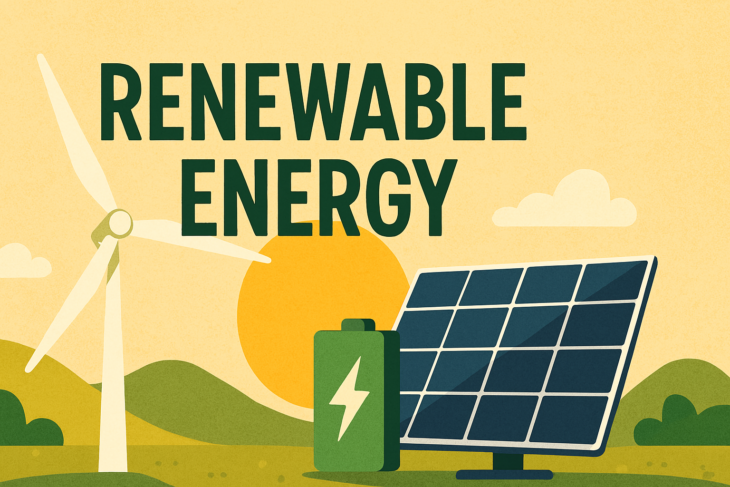Climate change is no longer a far-off threat. It’s happening now. From rising sea levels to more extreme weather events, the planet is sending a clear message: we need to act. Fast.
Technology, especially Artificial Intelligence (AI), is stepping up. The role of AI in climate change solutions is becoming more important every day. From predicting natural disasters to reducing carbon emissions, AI is helping us tackle the climate crisis in smarter, faster, and more sustainable ways.
Let’s dive into how this smart tech is making a real difference.
AI Meets Sustainability: A Smart Match
You might think of AI as something straight out of a sci-fi movie. But today, it’s very real. And very powerful.
AI can analyze mountains of data in seconds. It learns patterns, predicts outcomes, and finds solutions that humans might miss. When used the right way, AI becomes a valuable partner in building a greener future. This is where the idea of sustainable AI comes into play.
Sustainable AI means using artificial intelligence in a way that doesn’t harm the planet. That includes creating energy-efficient algorithms, running systems on renewable energy, and reducing the carbon footprint of data centers. It’s AI that works with the environment. Not against it.
Tackling the Environmental Impact
Technology itself can harm the environment. Running massive servers and training complex models use a lot of electricity. In fact, training one large AI model can generate as much carbon as five cars do in their lifetime. That’s a problem.
This is why the environmental impact of AI is now a major topic. Developers and companies are being pushed to build AI systems that are greener and cleaner. Some are already switching to data centers powered by solar or wind energy. Others are building more efficient models that use less computing power. These efforts are part of a growing shift toward green technology.
The focus is now not just on what AI can do, but also on how it does it.
Real-World Applications: AI in Action
AI is not just theory. It’s already making waves in real-world climate solutions. Here are a few exciting examples:
- Predicting extreme weather: AI models can analyze weather data to forecast hurricanes, floods, and heatwaves. This helps communities prepare and save lives.
- Improving energy efficiency: Smart grids powered by AI adjust electricity use in real-time. They reduce waste and keep homes powered more efficiently.
- Cutting emissions in transport: AI helps plan better public transport routes, improve traffic flow, and even manage electric vehicle charging stations. That means fewer cars on the road and lower emissions.
- Protecting forests and oceans: AI tools can track illegal deforestation or monitor plastic waste in the ocean using satellite images. It’s like giving the planet a pair of eyes and a brain.
These tools work fast and learn as they go. They offer better accuracy than older methods and are often cheaper to run long-term.
Sustainable AI: Thinking Long-Term
The key to lasting impact? Building sustainable AI from the ground up. This means:
- Using renewable energy to power AI tools
- Designing simpler, energy-saving algorithms
- Encouraging transparency so everyone knows how systems are built and used
- Reusing and recycling data when possible
It’s also important to make AI accessible. Climate change is a global issue. So solutions need to work for rich and poor countries alike. International cooperation and open-source platforms can help spread green technology worldwide.
The Bigger Picture
When we talk about the role of AI in climate change solutions, it’s really about building a better future. One where technology helps us heal the planet. Not harm it.
But AI is just a tool. How we use it makes all the difference. Governments, companies, scientists, and everyday people all have a part to play. It’s about using smart tools wisely. And keeping sustainability at the heart of innovation.
As we face one of the biggest challenges in human history, AI gives us hope. With the right approach, we can reduce environmental impact, embrace green technology, and create solutions that truly make a difference.
It’s not just about fighting climate change. It’s about rethinking how we live, work, and innovate. So that both people and the planet can thrive.













